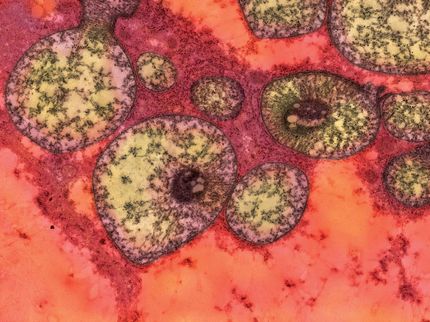Kuros meets primary efficacy endpoint in Phase IIb study with KUR-111
Advertisement
Kuros Biosurgery AG announced the results of a Phase IIb clinical trial assessing the potential of KUR-111 (Viz.I-0401) in the treatment of patients with tibial plateau fractures that require fixation and grafting. The study achieved its primary efficacy endpoint, which was the demonstration of statistical non-inferiority to autograft with respect to the proportion of patients who achieved radiological fracture union at 16 weeks after grafting. This is the first large scale clinical study to demonstrate the efficacy of a product based on Kuros’ proprietary bioactive-biomaterial technologies.
The repair of tibial plateau fractures often requires the replacement of bone lost by compaction with autologous bone taken from another site in the patient. Harvesting of autologous bone has implications for the patient in terms of risk of infection and additional morbidity, as well as requiring additional surgery. KUR-111 is designed to promote bone healing that is considered to be as good as autograft, which is the gold standard in many orthopedic procedures.
KUR-111 is composed of a variant of parathyroid hormone (vPTH), fibrin sealant and hydroxyapatite/tri-calcium phosphate (HA/TCP) granules. The product is applied directly to the fracture site as a mouldable putty able to form to the shape of the bone defect. KUR-111 utilizes Kuros’ “TG-hook” technology for covalently binding vPTH into the fibrin sealant.
This Phase IIb trial is a randomized, controlled, open-label (dose-blinded), multi-center, dose-finding study. The study treated 183 patients at 30 centers across Europe and Australia. At 16 weeks, 84% of autograft treated patients and 84% of patients treated with the higher dose of KUR-111 had radiological fracture healing defined by an independent radiology panel using CT Scans at 16 weeks post surgery. In addition, a substantial difference was observed between the two doses of vPTH tested in this study, with the higher dose giving the higher efficacy (p value = 0.033). Secondary endpoints related to efficacy were consistent with the primary endpoint. For example a composite endpoint of CT scan and clinical healing gave 72% for the higher dose of KUR-111 and 64% for autograft. There were no indications of any safety issues.





















































